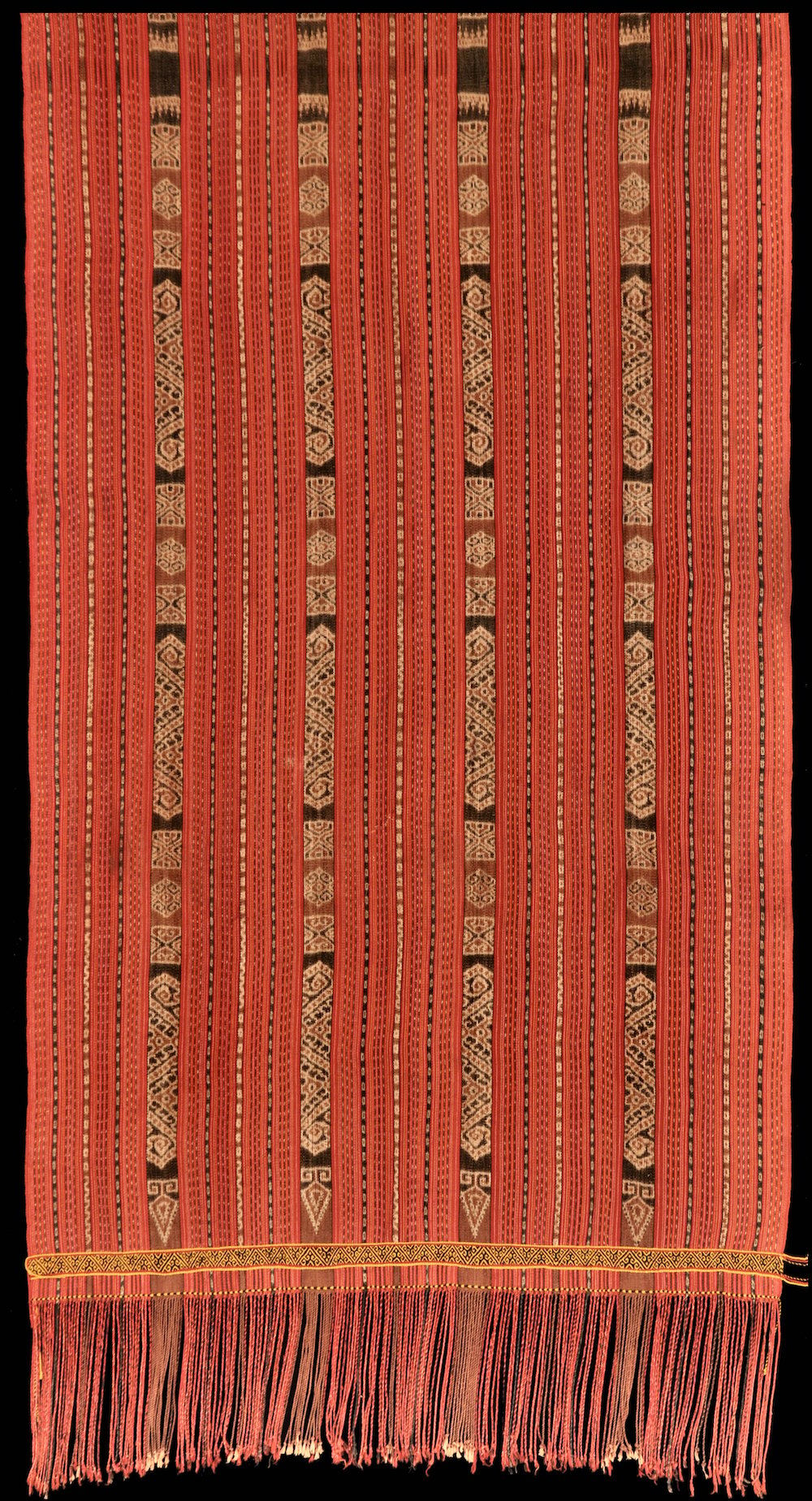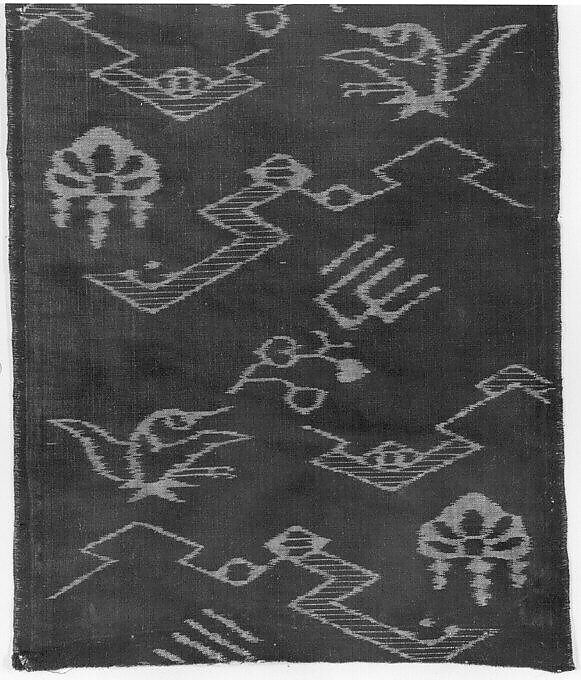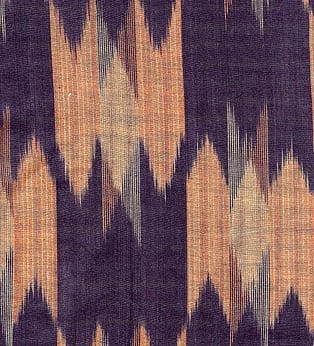PRODUCT AS PROTAGONIST: The Karin Story

Like many of our most well-loved prints, Karin is not merely derived from a single point of inspiration, but is instead an amalgamation of origin stories, where ancient tradition and modern craft meet.
In Karin’s two-tone landscape of walnut and cream, echoes of the ikat weaving technique make up the bulk of the pattern, and one can clearly see the reference point for the print. But like Karin, ikat lacks a tidy lineage. Indeed, throughout history ikat has developed and redeveloped in a myriad of regions around the world, and such a complex genealogy makes for an exceptionally interesting print.


Ikat is an Indonesian word that references the tying, or binding, of the yarn, which is then resist-dyed prior to being woven. But ikat traditions exist elsewhere, too – in places like India, Japan, Cambodia, Iran, Argentina, Bolivia, Ecuador, Guatemala, and Mexico. Whether these traditions developed independently or via very old trade routes is still up for debate. Nevertheless, techniques and aesthetic preferences have certainly crossed far flung boundaries and made for a flourishing, multifaceted tradition that continues today.


Karin represents the tip of the iceberg of ikat – a hint of what is an undeniably complex textile, rooted in dozens of cultures around the world. Mimicking the blurry, uneven design of its many predecessors, Karin is a tribute to the enduring elegance of so-called imperfection.
Explore our Karin collection here.


